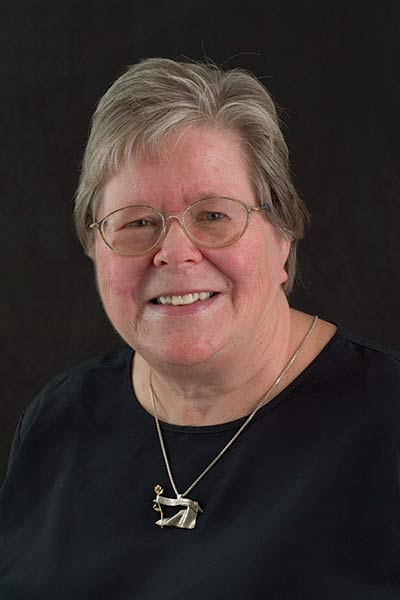Tribute: Judith Pipher
 SCIENTIFIC CHAMPION: Considered a pioneer in research and technology that resulted in Rochester-developed infrared light detectors that were used on space-based telescopes, Pipher also was widely celebrated for championing women in science. (Photo: Tippy Photography)
SCIENTIFIC CHAMPION: Considered a pioneer in research and technology that resulted in Rochester-developed infrared light detectors that were used on space-based telescopes, Pipher also was widely celebrated for championing women in science. (Photo: Tippy Photography)One of the first women to hold a faculty position in the Department of Physics and Astronomy, Judith Pipher worked to ensure that other women would be able to follow her both at Rochester and in her pioneering work in the highly technical world of astrophysical science.
Dan Watson, a professor of physics and astronomy at Rochester, who worked closely with Pipher on many projects, described her as the “mother of infrared astronomy.”
“She created technology that enabled the observations we can do today,” Watson says. “She used the technology herself to create important contributions to several frontier areas of astrophysics. And through directly nurturing her close-by junior colleagues and serving as a beacon more widely, she has contributed mightily to the creation of two generations of astrophysicists.”
Pipher, who died in February, was widely celebrated for her work as a physicist whose research on infrared light emitted by astronomical objects resulted in a series of detectors that are part of the instrumentation of several space-based telescopes.
A member of the faculty from 1971, she was awarded emeritus status in 2002 but continued to lead her research team up until her death.
In 2007, she was inducted into the national Women’s Hall of Fame in Seneca Falls, New York, a recognition of her scientific achievements and her long career of championing women in science.
Her contributions to the field of astrophysics have also been memorialized with the naming of an asteroid—306128 Pipher—in her honor. Viewable through a telescope, the asteroid is tracked on NASA’s Jet Propulsion Laboratory (JPL) website.
Amy Mainzer, a scientist at JPL, is the principal investigator of what is now known as the Near-Earth Object (NEO) Surveyor, a space-based observatory whose mission is to track asteroids with the potential to strike Earth.
Pipher worked with Mainzer on the instrumentation for the project.
“Her work ushered in the era of large-format infrared detectors, resulting in thousands of amazing results on all kinds of topics, ranging from the formation of galaxies to the atmospheres of exoplanets,” Mainzer says. “Judy Pipher was a giant in the field of astronomy, and I’m so lucky to have been in her orbit.”
—Lindsey Valich
This essay is adapted from a longer tribute to Pipher.

